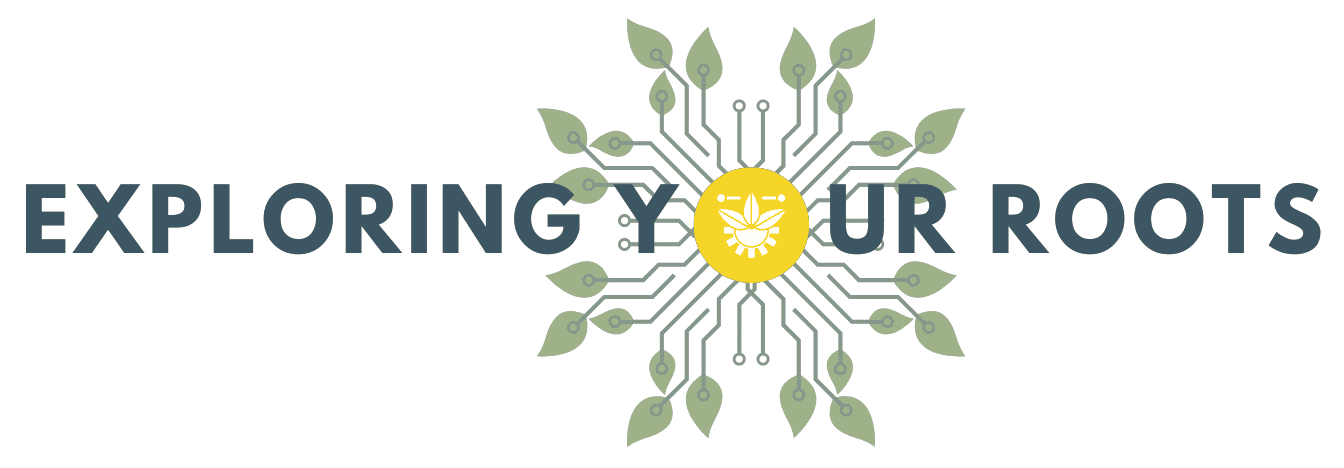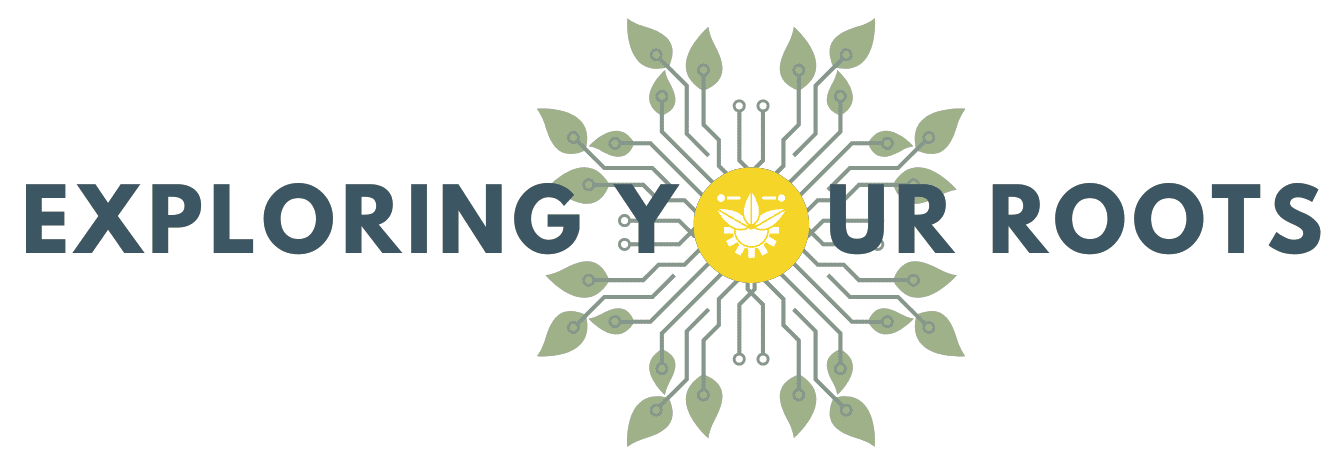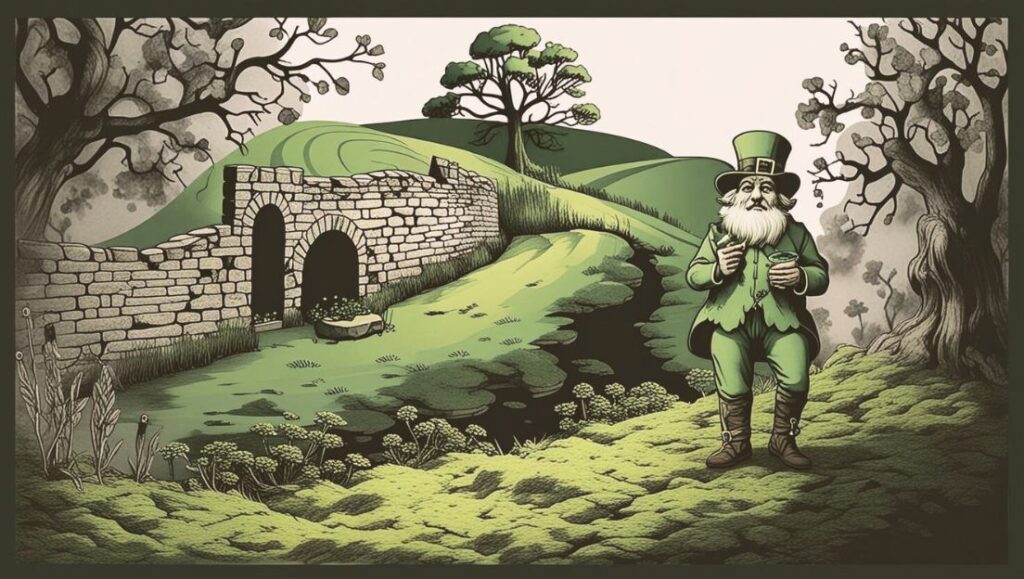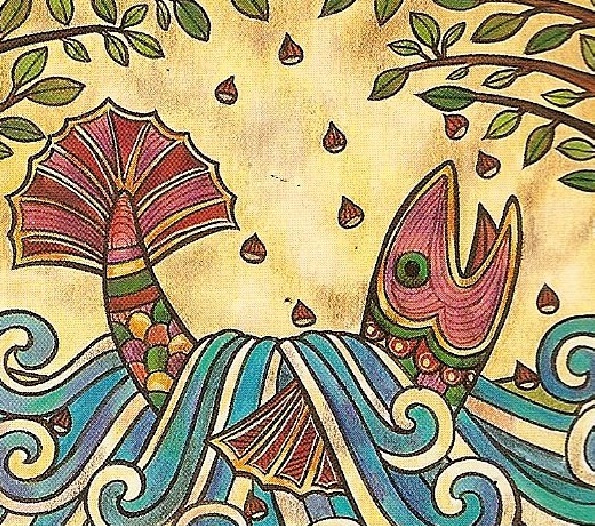Ireland’s rich cultural heritage is deeply woven with the threads of folklore, a cornerstone of its history and identity. These timeless tales, passed down through generations, blend myth, history, and cultural wisdom, painting a vivid picture of Ireland’s past. From haunting spirits to mischievous fairies, Irish folklore captures the imagination and preserves the soul of the Emerald Isle.
This article delves into the enchanting world of Irish folklore, spotlighting legendary creatures, iconic myths, and the cultural significance of these enduring stories. Let’s explore the magic, mystery, and lessons these tales offer.
The Role of Folklore in Irish Culture
Storytelling has always held a central place in Irish tradition. For centuries, folklore was shared through oral traditions, with tales told by the fireside or woven into poetry. These stories carried history, values, and lessons, serving as a bridge between generations.
Ireland’s breathtaking landscapes—its rolling hills, ancient castles, and rugged coastlines—are deeply tied to its folklore. Each legend seems to echo from the mists of these settings, connecting the tales to the natural and manmade wonders of the land. Folklore not only preserved the past but also strengthened the Irish sense of identity and belonging.
Legendary Creatures and Figures in Irish Folklore
The Banshee – The Wailing Spirit
The word “Banshee” comes from the Irish “Bean Sí,” meaning “woman of the fairy mound.” This spectral figure is said to wail or keen to foretell death in a family. Her appearance varies, often described as an old hag, a beautiful young woman, or a shrouded figure in white. Regional variations depict her as both a protector and a harbinger, making her one of the most haunting symbols in Irish folklore.
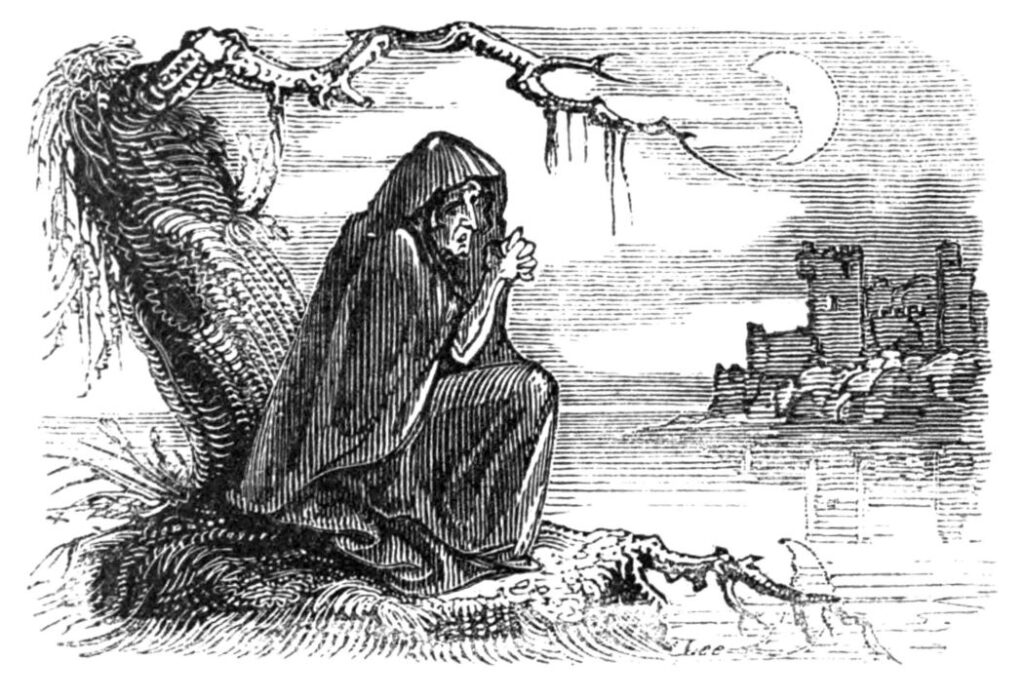
The Leprechaun – The Mischievous Fairy Shoemaker
Leprechauns are among the most famous figures in Irish folklore. Known for their trickery and craftsmanship as shoemakers, these tiny fairies guard their elusive pots of gold. Their legend has evolved, becoming a symbol of Irish luck and humor, particularly in modern pop culture.
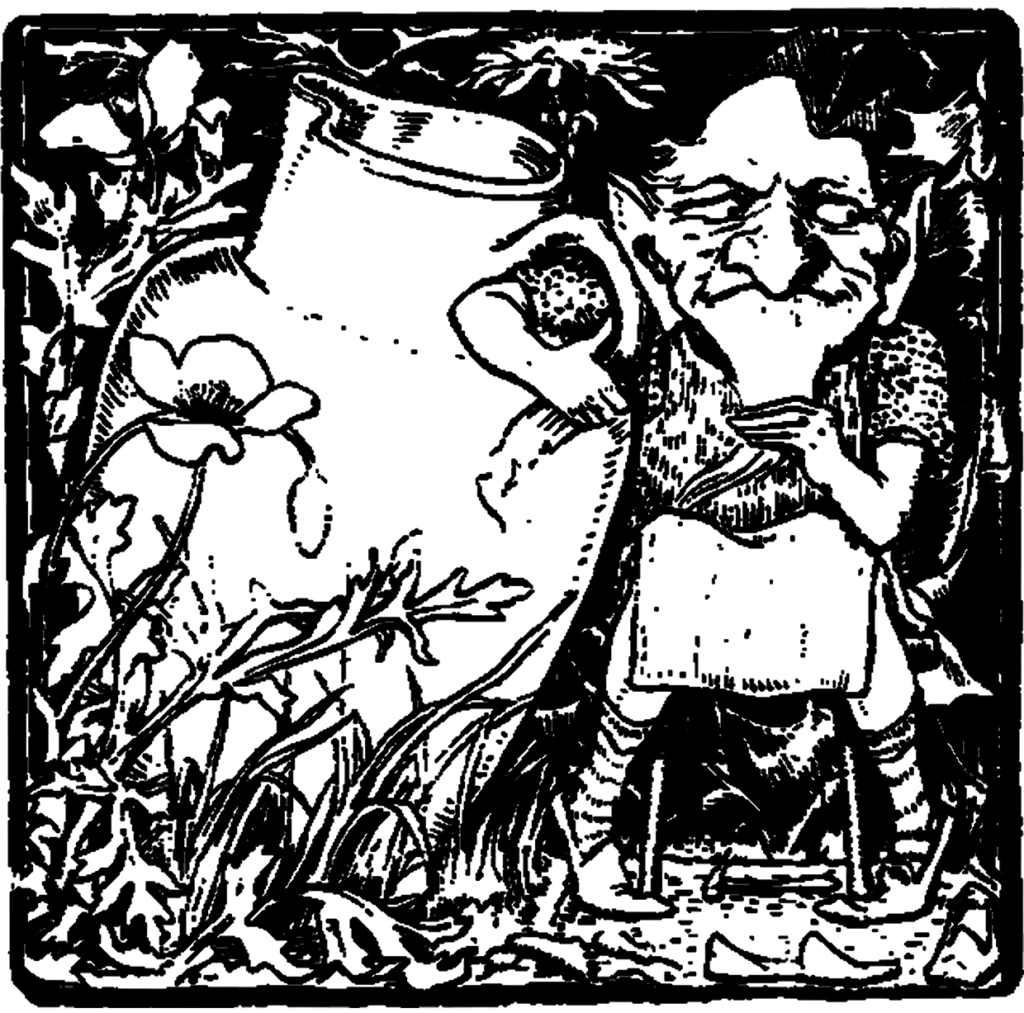
The Selkies – The Seal People
Selkies are magical creatures that transform from seals into humans by shedding their skin. Tales of selkies often revolve around love and loss, where humans fall for these enchanting beings, only for them to return to the sea. These stories reflect themes of transformation and longing, deeply resonant in Ireland’s maritime culture.
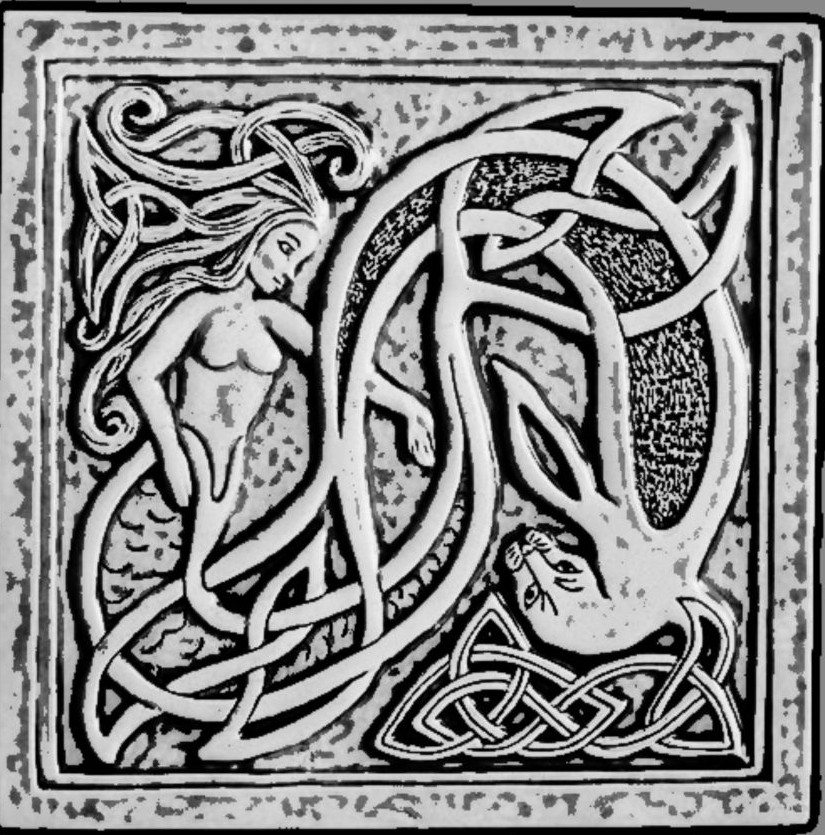
The Púca – The Shape-Shifting Trickster
The Púca is a mischievous creature capable of shape-shifting into animals or even human forms. Known for their playful and sometimes dangerous pranks, Púca tales warn of their unpredictability. Despite their tricks, they are also considered protectors of the harvest, embodying Ireland’s dualities.
The Dullahan – The Headless Rider
The Dullahan is a terrifying figure in Irish lore, depicted as a headless rider on a black horse, carrying its head under one arm. As a harbinger of death, encountering the Dullahan is believed to be a dire omen. This chilling figure has inspired many modern depictions of headless horsemen.
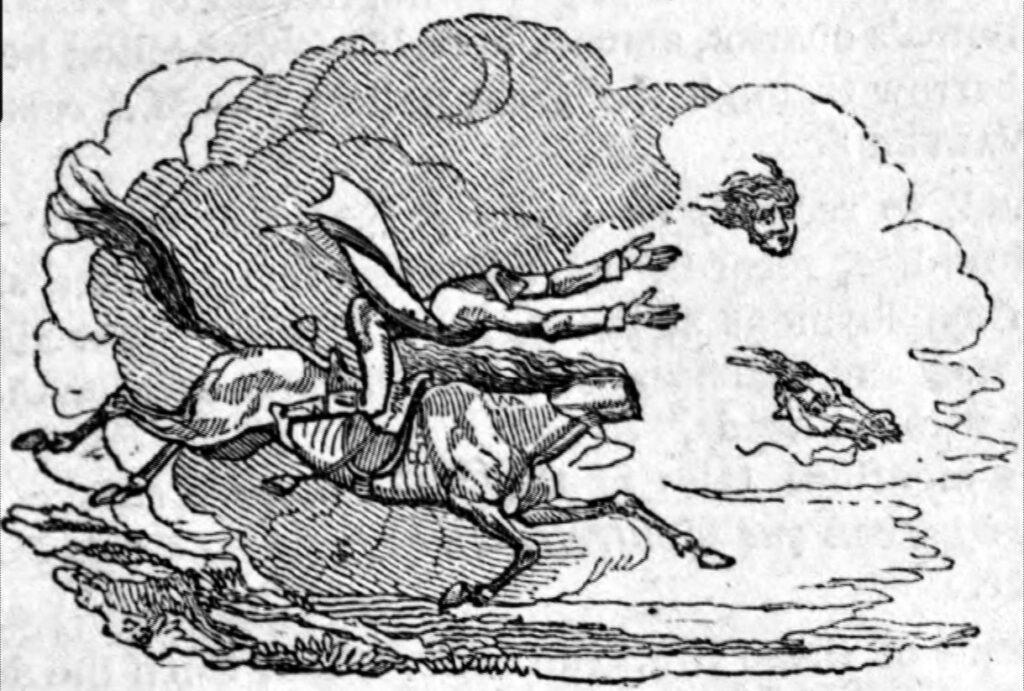
Famous Irish Myths and Legends
The Legend of Cú Chulainn
Cú Chulainn is the heroic figure of the Ulster Cycle, celebrated for his bravery and superhuman feats. In the epic tale “The Cattle Raid of Cooley” (Táin Bó Cúailnge), he defends Ulster single-handedly against invading forces. His legend embodies loyalty, strength, and sacrifice.
The Children of Lir
This tragic tale tells of four siblings cursed to live as swans for 900 years. Their story is one of love, loss, and endurance, symbolizing resilience and transformation. The Children of Lir remains one of Ireland’s most poignant myths.
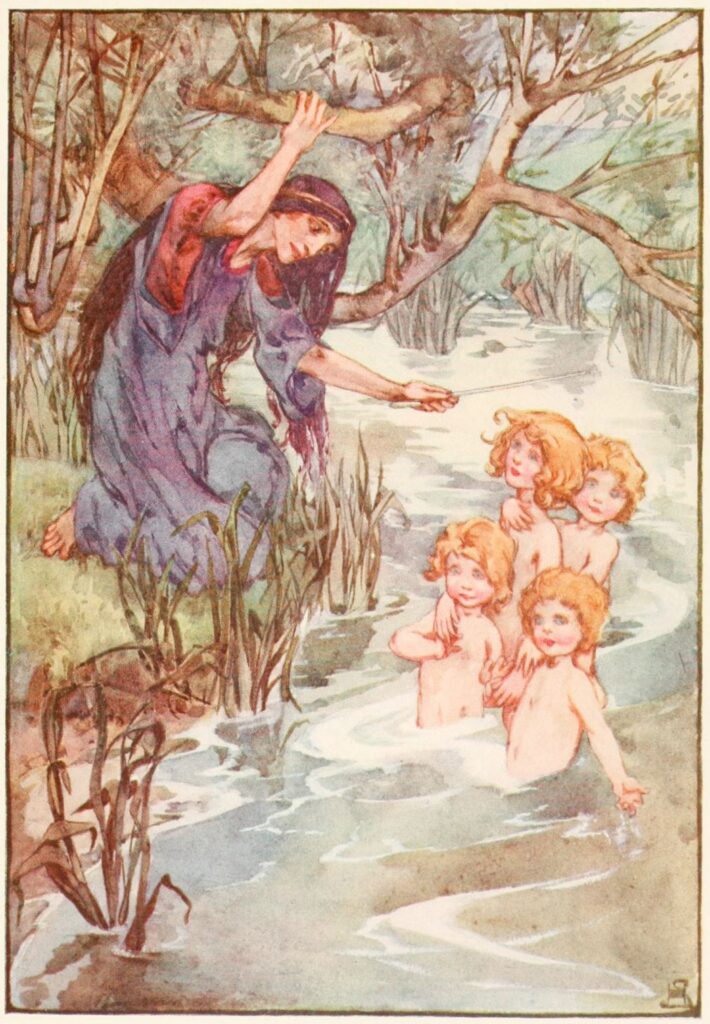
The Story of Tir na nÓg
Tir na nÓg, the land of eternal youth, is a paradise in Irish mythology. The tale of Oisín and Niamh explores themes of love and the passage of time, as Oisín leaves the mortal world for Tir na nÓg, only to find it forever changed upon his return.
The Salmon of Knowledge
The Salmon of Knowledge is a mystical fish said to grant wisdom to those who eat it. Fionn mac Cumhaill, one of Ireland’s greatest heroes, gains his wisdom by accidentally tasting the salmon, a story symbolizing the quest for knowledge and destiny.
Folklore and Modern Ireland
Irish folklore continues to shape modern culture. It influences literature, movies, and festivals, keeping these ancient stories alive. Films like The Secret of Kells and Song of the Sea reimagine Irish myths, while festivals like St. Patrick’s Day celebrate Irish heritage.
For those looking to experience folklore firsthand, visiting sites like the Hill of Tara or Newgrange offers a glimpse into the mystical world of Ireland’s past. These landmarks connect the modern world with the stories that have endured for centuries.
Lessons from Irish Folklore
Irish folklore is rich with universal themes of love, loss, bravery, and the deep connection to nature. These stories remind us of the importance of resilience, community, and embracing the mysteries of life. They offer timeless wisdom that resonates in today’s fast-paced world, encouraging us to slow down, reflect, and connect with our roots.
Conclusion
Irish folklore is a treasure trove of history, myth, and wisdom that continues to inspire and captivate. By preserving and sharing these stories, we honor the past while enriching our present. Whether through books, films, or travel, exploring Irish folklore is a journey into the heart of Ireland’s cultural soul.
As the Irish proverb goes, “A storyteller makes the world go round.” Dive into these timeless tales, and let the magic of Irish folklore guide you.
Want to learn more about Irish culture? Read these articles in our Irish series!
Irish Cultural Symbols: Colorful Emblems of Ireland’s Rich Heritage
Celtic Symbol for Family: Expressing the Enduring Ideals
Irish Landmarks: Background and Tips for a Unique Heritage Trip
